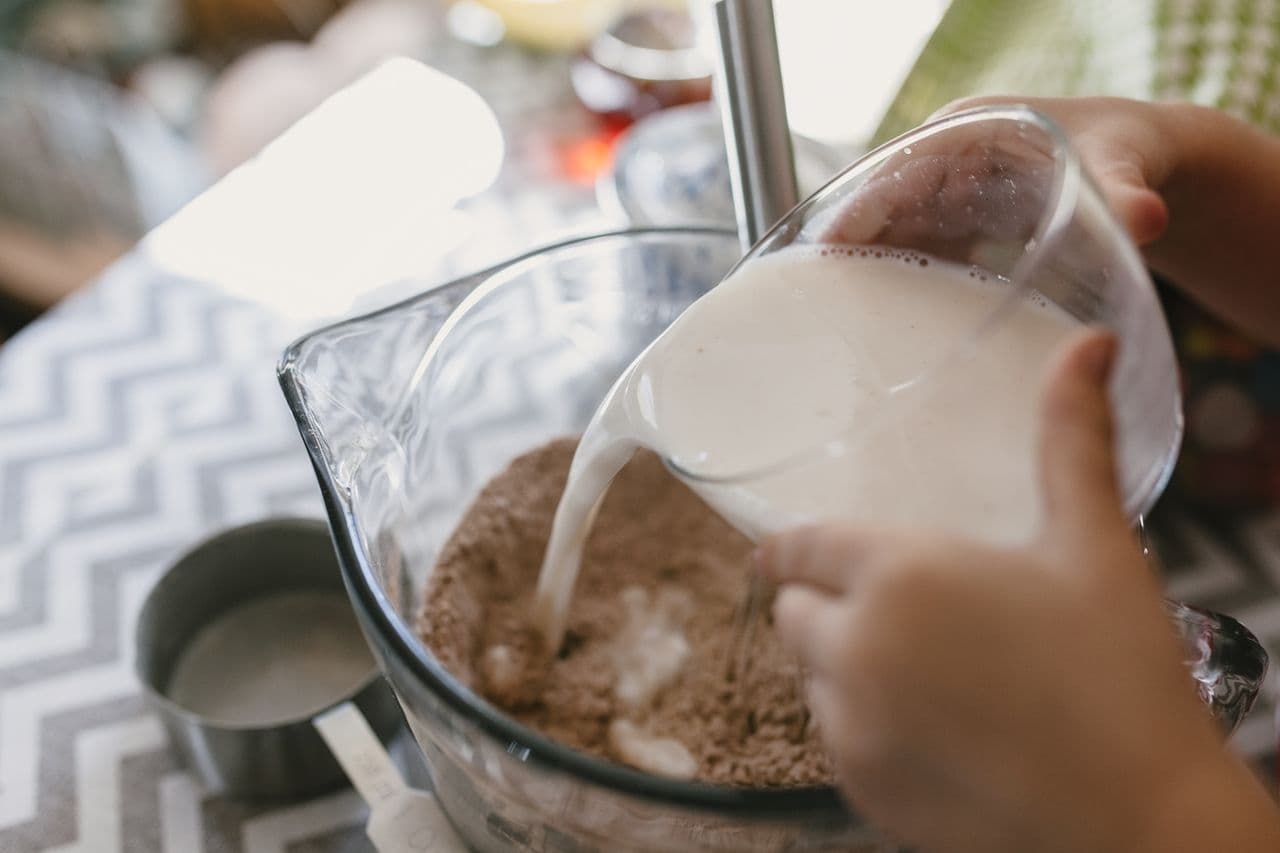August 9, 2021
•
5 min read
Milk in Mexico
A popular misconception is that this is not real cow’s milk. We can assure you that, yes, the room-temperature milk in Mexico is cow’s milk. Often Americans think that this is powdered milk mixed with water and therefore this enables it to be shelved instead of having to be refrigerated. However, this is not true.
Rafael Bracho
Insurance Expert
Surfing the internet, I came across a Trip Advisor thread where American expats were discussing the milk in Mexico. The thread was called, Does Real Milk Exist in Mexico?
Here’s an excerpt from the thread:
“Just wondering if you can get real cow's milk, like the kind I’m used to in the US, anywhere in PDC or any part of Mexico.”
“I’ve heard they have it at Sam’s and even Walmart in Cancun. I’ve never seen it at the local grocery stores.”
“My experience is that it’s been a good time to give up lactose. You will be rewarded for your efforts by how good the ‘real’ thing tastes when you get home. Is there anyone out there who can prove me wrong or offer any suggestions/alternatives?”
You get the picture. It got me thinking that this could be an avenue where some clarification of some common misconceptions might be order:
Why is some milk in Mexico warm?
Unlike the milk in the United States, some Mexican milk is kept at room temperature in airtight and light-sealed cartons. You can find some American-style pasteurized milk in some nicer grocery stores or convenient stores, however, for the most part throughout Mexico milk is kept in the aisles in cartons.
Is this cow’s milk in Mexico?
A popular misconception is that this is not real cow’s milk. We can assure you that, yes, the room-temperature milk in Mexico is cow’s milk. Often Americans think that this is powdered milk mixed with water and therefore this enables it to be shelved instead of having to be refrigerated. However, this is not true.
Why doesn’t some milk in Mexico have to be refrigerated?
Some milk in Mexico is not pasteurized in the same way as in the United States. Pasteurization is heating a food product to remove any bacteria so that it lasts longer. Milk can be pasteurized at four different temperatures and time duration using four different techniques:
LOW-TEMPERATURE-LONG-TIME TREATMENT (LTLT)
This pasteurization process takes the longest time and the food product is boiled at very low heat to eradicate pathogenic bacteria. Milk is pasteurized at 145F (63C). This process takes 30 minutes.
HIGH-TEMPERATURE-SHORT-TIME TREATMENT (HTST)
This form of pasteurization uses a higher temperature to kill bacteria, and because of this, it takes less time to pasteurize. Under this method, milk is pasteurized at 161F (72C). At this temperature, it only takes 15 seconds to pasteurize.
ULTRAPASTEURIZATION
Ultrapasteurization involves superheating the milk to 280F (138C) for about 2 seconds. Due to the type of packaging, this milk must still be refrigerated, however, it lasts in the refrigerator for 2 to 3 months. After the package is opened though, bacteria in the air will cause milk to spoil, so you can expect it to last the typical week or two in the refrigerator.
ULTRA-HIGH TEMPERATURE PASTEURIZATION (UHT)
This milk is superheated between 280F and 302F (138C to 150C) for only a second or two. The packaging for this milk is airtight and light-sealed which allows it to be stored at room temperature for up to 6 months. However, when the package is opened, bacteria in the air causes the milk to spoil in the typical week or two.
In the US and Canada, the milk is heated for 15-20 seconds at 161 – 167 degrees Fahrenheit (71.6C – 75C) by way of the High-Temperature-Short-Time Treatment. The boxed milk in Mexico is heated by way of the Ultra-High Temperature Pasteurization (UHT) method. This is why the milk is safe to keep at room temperature when it is in an airtight and light-sealed container.
How long does boxed milk in Mexico last?
Milk in Mexico that has been exposed to UHT Pasteurization can last in an airtight and light-sealed container on a shelf for 6 months without any need for refrigeration. When the container is opened, it is just like milk in the United States where it must be refrigerated—and it generally lasts about a week or two.
Does boxed milk in Mexico taste different?
Pasteurization can affect the flavor of foods. Some Americans find that the milk tastes richer or creamier in Mexico than it does in the United States. This could be merely subjective, but it could also be because Ultra-High Temperature Pasteurization (UHT) has been shown to change the flavor less than Low-Temperature-Long-Time Treatment (LTLT). UHT also damages the nutrient content less than LTLT. That said, any changes in flavor are likely negligible.
*To learn more about Milk in Mexico, click here.
Rafael Bracho
Insurance Expert & Writer
For several years, Rafael has been crafting articles to help expats and nomads in their journey abroad.
Get Protected While Living Abroad
Found this article helpful? Make sure you have the right insurance coverage too. Get instant quotes for international health, life, and travel insurance.
Takes 2 minutes • Compare multiple providers • Expert advice

